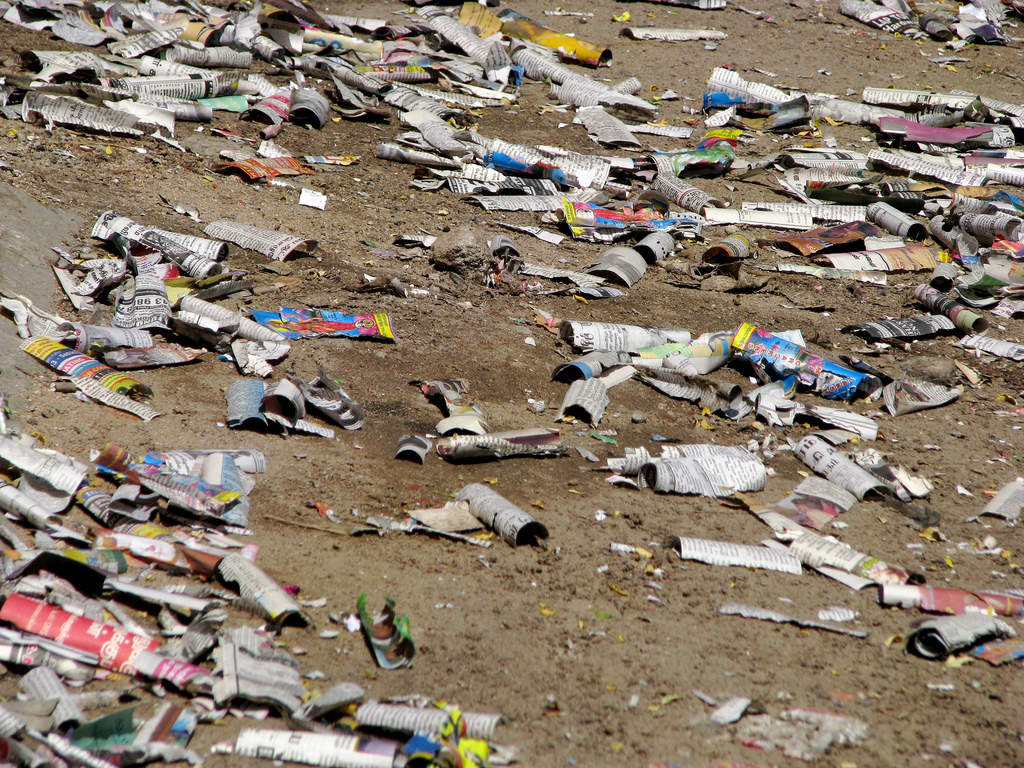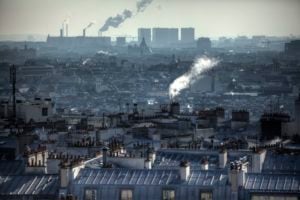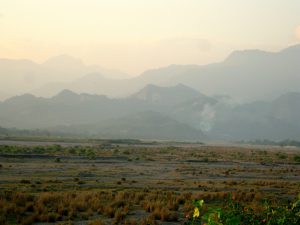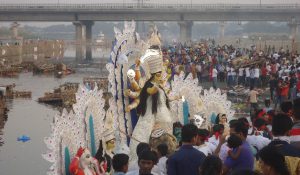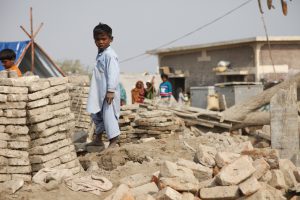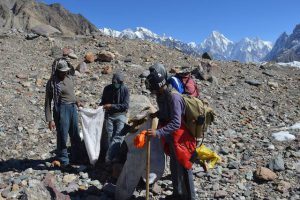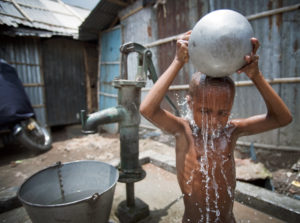A city encircled by air pollution
In 2014 the WHO released a report on air quality that shocked India. Used to seeing Beijing as the city with the most air pollution in the world, India was unprepared for figures that showed that now India led on this toxic table, especially on measures of particulate matter which are smaller than 2.5 microns (PM 2.5). These tiny particles, less than a hundredth of a width of a human hair, are especially dangerous to lungs, and can also be carcinogenic.
According to the WHO database the four cities with the highest concentration of PM2.5 were all Indian (Delhi, Patna, Gwalior and Raipur). The Indian government reacted by questioning the methodology of the report and setting up its own Air Quality Index monitors.
Nevertheless it was hard to dispute that air quality had worsened in Delhi. A series of reports from 1997 to 2015 had pointed to everything from rising asthma levels to heart diseases, with one study finding that more than 40% of the schoolchildren in a 16,000 sample size had lung problems. This year has been particularly difficult. A weak monsoon has meant that dust particles have not been tamped down, raising PM2.5 levels.
Furthermore, as farmers in the Punjab and Haryana region bordering Delhi have burnt the residue of crops in their fields to prepare them for the next season, the smoke has added to Delhi’s woes.
All of this means that Delhi was ill-prepared for the firecrackers of Diwali. Dr Gufran Beig, the project director of Indian government’s system of air quality and weather forecasting and research, better known by the acronym of SAFAR, stated that air quality in Delhi before Diwali was the worst that it had been in five years.
The Diwali spike
Diwali, the festival of light, is celebrated with great fervour, especially in North India. It often segues into a series of other festivals held around the same time, but is marked by the lighting of earthen lamps, or diyas, around houses and setting off firecrackers.
As firecrackers have proliferated in the last few decades they have also come under increasing scrutiny for the damage they do – everything from factories employing under-age children to handle explosives to the impact on air pollution. Studies have revealed the empirical evidence that supports the common sense notion that exploding firecrackers will raise pollution levels. Exploding firecrackers on Diwali rather than leading to prosperity, is much more likely to lead to respiratory problems.
In Delhi, at noon before Diwali the PM2.5 levels were already above the 60 micron per cubic metre limit that India prescribes (the WHO limit is 25 microns per cubic metre). As the day wore on, and the evening set in, the firecrackers were released, and the smoke and haze grew.
The Delhi Pollution Control Committee does real-time monitoring of air quality in six locations, of which only four show PM2.5 levels, Anand Vihar, Mandir Marg, Punjabi Bagh and R.K. Puram. Of these, the Punjabi Bagh area is the most densely populated, with more than 800,000 registered residents. At around 100 microns per cubic metre during the day, the PM 2.5 levels spiked quickly to 300 microns per cubic metre between 7 and 8 pm; after 9:30 pm they jumped again, to over 560 microns per cubic metre by 10 pm. Then late after midnight, they touched 853 microns, or 34 times the WHO limit, and 14 times the Indian one. R.K. Puram areas, in the meanwhile, had shown peak PM2.5 levels nearer 10 pm, but those had been even higher, at 985 microns per cubic metre.

While the pollution levels have settled down since then, with the PM2.5 levels returning to about 100 microns per cubic metre, the Diwali spike shows how fireworks and pollution are destroying a beautiful festival in Delhi, leaving its young and old increasingly vulnerable to disease. As a consequence, many who can, flee Delhi during Diwali, hoping to breathe easier far away from their homes.
